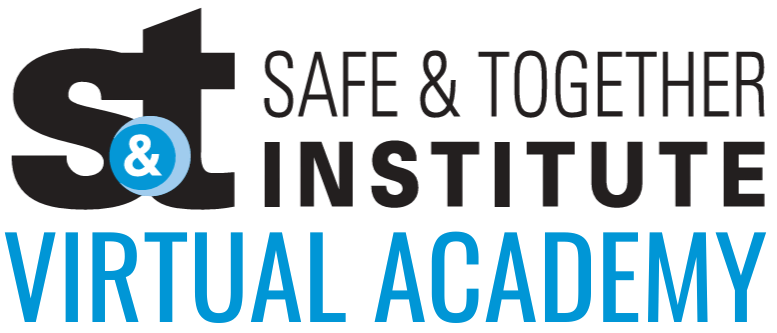Courses for Advocacy/Women's Sector Professionals
The Safe & Together Model holds the same values as those working with survivors of domestic violence: Women survivors should have agency and be kept safe and together with their children.
To ensure that you are equipped to fight for the well-being of those you work with, both the survivors and your staff, the Safe & Together Institute provides tools and language necessary to shift the conversation away from the ineffective “failure to protect” paradigm, which focuses blame on the survivor and not the perpetrator.
By becoming more domestic abuse–informed through the Safe & Together Model, you will have a common language as you work with your partners in the domestic violence field, improving collaboration and understanding of what is best for the child and mother. More children and mothers will be kept safe and together, and you will be on the frontlines of changing the system for the better.
To ensure that you are equipped to fight for the well-being of those you work with, both the survivors and your staff, the Safe & Together Institute provides tools and language necessary to shift the conversation away from the ineffective “failure to protect” paradigm, which focuses blame on the survivor and not the perpetrator.
By becoming more domestic abuse–informed through the Safe & Together Model, you will have a common language as you work with your partners in the domestic violence field, improving collaboration and understanding of what is best for the child and mother. More children and mothers will be kept safe and together, and you will be on the frontlines of changing the system for the better.

